How Effective Is Regenerative Medicine?

How Effective Is Regenerative Medicine?
The human body has a remarkable capacity to heal itself over time: cuts and scrapes scab over and new skin grows, and broken bones will knit themselves back together with the support of a cast. Our immune systems fight off illnesses and allergens, always working to preserve and restore our health. Because we experience this ability so frequently, it is easy to take this remarkable phenomenon for granted. But medical professionals, who have more reason than anyone else to pay close attention to our bodies’ self-healing powers, are now finding ways to use this unique trait in new ways.
The name for this area of medical research is called regenerative medicine. Although doctors have always relied on the natural healing abilities of the body in providing care for their patients, they are now looking at regenerative medicine as a way to heal specific damaged tissues. Using the regenerative abilities found in a person’s own stem cells, regenerative therapy can be used to repair parts of the body that will not, on their own, repair themselves. Regenerative medicine is now one of the most cutting-edge therapies that has the potential to revolutionize treatments for many health problems.
Who Is a Good Candidate for This Therapy?
Regenerative therapy is based on using a person’s own stem cells, found in bone marrow, and injecting those cells to the specific site where tissue is damaged. Unlike other cells in the body, stem cells have the unique ability to become other types of cells. That is, skin cells can only reproduce skin cells, and they will reproduce to grow skin where there was once a cut. However, a stem cell, when injected into the site for a damaged muscle, can produce muscle cells and thus rebuild the muscle that is damaged.
The process of using your own stem cells to promote healing in your body is effective for a variety of conditions. At the St. Charles Spine Institute, we have used stem cell therapy to treat injured tissues and joints with considerable success. Whether the damage was caused by daily stress on the body over time, by arthritis, or by a traumatic injury, stem cells have been effective in generating new, undamaged tissue to relieve pain and restore function.
Tissues like cartilage, joints, ligaments, and muscles have all responded favorably to stem cell therapy. Doctors have used this therapy to treat every major joint in the body, as well as smaller ones, such as knuckles in the hand. In addition, this revolutionary therapy is also being employed to promote healing in individuals with back problems such as lumbar disc trauma, damaged facet joints, and torn muscles, tendons, and ligaments.
Nearly anyone can be a good candidate for this treatment since it is low-risk, minimally invasive, and uses agents from the patient’s body. Using the patient’s cells means there is no risk of the patient’s body rejecting the treatment or experiencing an allergic response. This treatment is safe for patients whose fragile condition prevents them from undergoing surgery and does not require the use of general anesthesia.
One of the most exciting things about the field of regenerative therapy is the wide range of ways it may be utilized. Elderly individuals can experience relief from the pain associated with arthritis and aging without having to undergo risky and traumatizing surgeries. Athletes can heal faster from ligament and tendon tears. Stem cell therapy promises to provide doctors with an effective, non-invasive way to treat new injuries and long-term problems.
What to Expect in Stem Cell Treatment
Stem cell therapy is completed in an outpatient setting and typically takes less than 45-minutes. First, bone marrow is removed from the iliac crest of the patient’s hip and then aspirated. From there, the marrow is concentrated until only stem cells remain. The stem cells are then injected into the area being treated.
Once the stem cells have been injected into the damaged area, they will begin to multiply. Patients usually start to sense a change in the treated area about a week after the procedure and will experience the maximum benefits around weeks six and seven. As their body is healing, they may feel slight discomfort in the treatment area; this is normal and part of the healing process.
Most patients can return to their usual activities with some limitations shortly after treatment. Individuals who receive disc injections will be instructed to limit their movement for several days, and strenuous exercise and load-bearing activities should be avoided for at least two weeks.
Stem cell therapy has the potential to expedite healing and minimize pain in patients with no side effects and minimal downtime. If you are experiencing back problems, and are interested in finding out whether regenerative therapy may provide an answer for you, contact the St. Charles Spine Institute today to set up an appointment. We look forward to seeing you!
